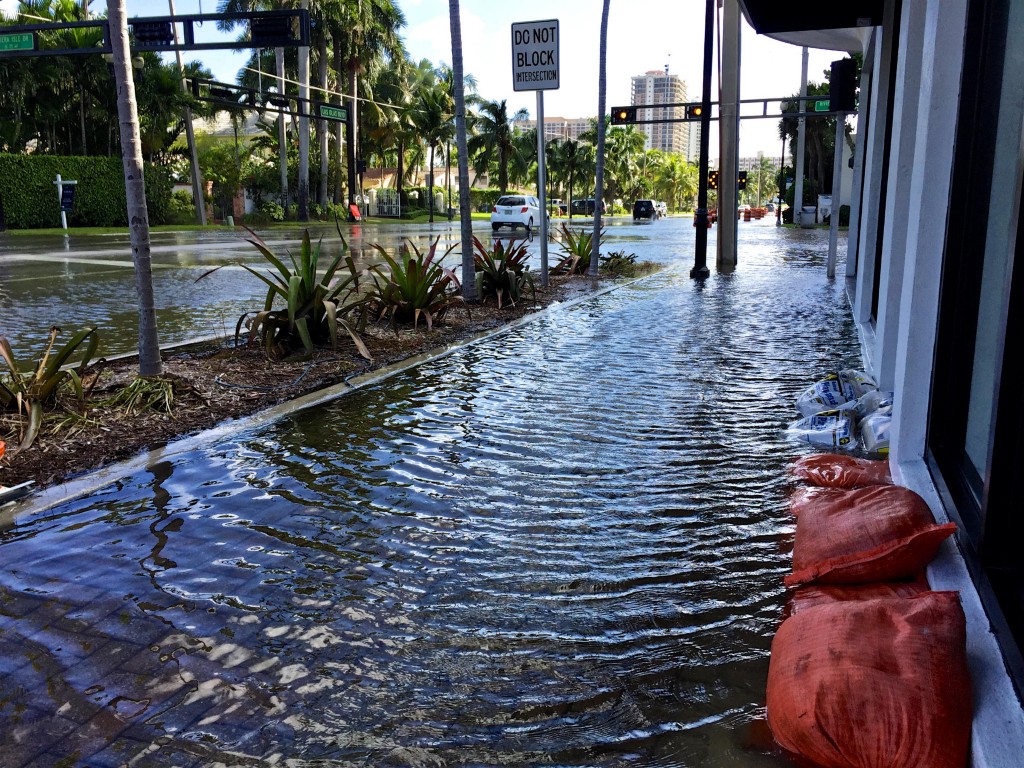Sea levels could rise three feet or more by 2060 in South Florida, where the ocean is already rising six times faster than the global average.
At least 85,000 people, 53,000 homes and $21 billion in assets in greater Miami are located less than three feet above high tide. Coastal real estate already suffers from “sunny-day flooding” during high tides.
As rising water levels cause property values to fall, banks could stop writing 30-year mortgages for coastal homes, killing the market, slashing home prices and sapping local tax bases, said Jim Cason, the mayor of Coral Gables.
Commercial real-estate projects also could have trouble getting financing in communities with rising sea levels, warned participants at a recent meeting of the Commercial Industrial Association of South Florida.
Still the risks have not yet been priced into the market: Median home prices in Miami and surrounding areas rose 120 percent since 2010, three times the national average.
Risks create opportunities (see — and listen — to “Puerto Rico’s agony makes the case for climate-resilience investing”).
In Miami Beach, especially vulnerable to coastal flooding, the city is investing $400 million for infrastructure improvements to prepare for higher seas.
Miami Beach Mayor Philip Levine, has called for a state “resiliency commission” to provide blueprints for community design, and a state-backed resiliency fund for infrastructure investments.
A blueprint for such investments is under development at part the the 100 Resilient Cities initiative backed by the Rockefeller Foundation.











